The Ultimate Guide to Market Research [+Free Templates]
A comprehensive guide on Market Research with tools, examples of brands winning with research, and templates for surveys, focus groups + presentation template.
Updated November 7, 2024
![The Ultimate Guide to Market Research [+Free Templates] main image](https://entail.mayple.com/en-assets/mayple/62b4087370d3b5eab8bfb6b6_marketingresearch1_e2786f4e8b966e44f1401562fa23c07b_2000-1699776197229.jpg)
Before you do anything in business you have to have a good grasp of the market. What’s the market like? Who are your competitors? And what are the pain points and challenges of your ideal customer? And how can you solve them? Once you have the answers to those questions then you are ready to move forward with a marketing plan and/or hire a digital marketing agency to execute it.
In this guide we break down what market research is, the different types of market research, and provide you with some of the best templates, tools, and examples, to help you execute it on your own.
Excited to learn?
Let’s dive in.
What is market research?
Market research is the process of gathering information about your target market and customers to determine the success of your product or service, make changes to your existing product, or understand the perception of your brand in the market.
“Research is formalized curiosity, it is poking and prying with a purpose.” - Zora Neale Hurston
We hear the phrase "product-market fit" all the time and that just means that a product solves a customer's need in the market. And it's very hard to get there without proper market research. Now, I know what you're going to say. Why not get actionable insights from your existing customers? Why not do some customer research?
The problem with customer research is two-fold:
- You have a very limited amount of data as your current customers don't represent the entire market.
- Customer research can introduce a lot of bias into the process.
So the real way to solve these issues is by going broader and conducting some market research.
Why do market research?
There are many benefits of doing market research for your company. Here are a few of them:
- Understand how much demand exists in the market, the market size
- Discover who your competitors are and where they are falling short.
- Better understand the needs of your target customers and the problems and pain points your product solves.
- Learn what your potential customers feel about your brand.
- Identify potential partners and new markets and opportunities.
- Determine which product features you should develop next.
- Find out what your ideal customer is thinking and feeling.
- Use these findings to improve your brand strategy and marketing campaigns.
“The goal is to transform data into information, and information into insight.” - Carly Fiorina
Market research allows you to make better business decisions at every stage of your business and helps you launch better products and services for your customers.
Primary vs secondary research
There are two main types of market research - primary and secondary research.
Primary research
Primary market research is when researchers collect information directly, instead of relying on outside sources of information. It could be done through interviews, online surveys, or focus groups and the advantage here is that the company owns that information. The disadvantage of using primary sources of information is that it's usually more expensive and time-consuming than secondary market research.
Secondary research
Secondary market research involves using existing data that is summarized and collected by third parties. Secondary sources could be commercial sources or public sources like libraries, other websites, blogs, government agencies, and existing surveys. It's data that's more readily available and it's usually much cheaper than conducting primary research.
Qualitative vs quantitative research
Qualitative research is about gathering qualitative data like the market sentiment about the products currently available on the market (read: words and meanings). Quantitative research deals with numbers and statistics. It's data that is numbers-based, countable, and measurable.
Types of market research
1. Competitive analysis
Every business needs to know its own strengths and weaknesses and how they compare with its largest competitors in the market. It helps brands identify gaps in the market, develop new products and services, uncover market trends, improve brand positioning, and increase their market share. A SWOT analysis is a good framework to use for this type of research.
2. Consumer insights
It's also equally important to know what consumers are thinking, what the most common problems are and what products they are purchasing. Consumer research can be done through social listening which involves tracking consumer conversations on social media. It could also include analyzing audiences of brands, online communities, and influencers, and analyzing trends in the market.
3. Brand awareness research
Brand awareness is a super important metric for understanding how well your target audience knows your brand. It's used to assess brand performance and the marketing effectiveness of a brand. It tells you about the associations consumers make when they think of your brand and what they believe you're all about.
4. Customer satisfaction research
Customer satisfaction and loyalty are two really important levers for any business and you don't have to conduct in-depth interviews to get that information. There is a wide range of automated methods to get that kind of data including customer surveys such as NPS surveys, customer effort score (CES) surveys, and regularly asking your customers about their experience with your brand.
5. Customer segmentation research
Customer segmentation research involves figuring out what buckets consumers fall into based on common characteristics such as - demographics, interests, purchasing behavior, and more. Market segmentation is super helpful for advertising campaigns, product launches, and customer journey mapping.
6. Interviews
Customer interviews are one of the most effective market research methods out there. It's a great way for business owners to get first-party data from their customers and get insights into how they are doing in real time.
7. Focus groups
Focus groups are a great way to get data on a specific demographic. It's one of the most well-known data collection methods and it involves taking a sample size of people and asking them some open-ended questions. It's a great way to get actionable insights from your target market.
8. Pricing research
Pricing strategy has a huge influence on business growth and it's critical for any business to know how they compare with the leading brands in their niche. It can help you understand what your target customer is willing to pay for your product and at what price you should be selling it.
To start, get automated software to track your competitors' pricing. Then, summarize your research into a report and group the results based on product attributes and other factors. You can use quadrants to make it easier to read visually.
9. Campaign research
It's also important for a brand to research its past marketing campaigns to determine the results and analyze their success. It takes a lot of experimentation to nail the various aspects of a campaign and it's crucial for business leaders to continuously analyze and iterate.
10. Product/service use research
Product or user research gives you an idea of why and how an audience uses a product and gives you data about specific features. Studies show that usability testing is ranked among the most useful ways to discover user insights (8.7 out of 10), above digital analytics and user surveys. So it's a very effective way to measure the usability of a product.
Now that you know the different types of market research let's go through a step-by-step process of setting up your study.
How to conduct a market research study
Looking for your next business idea? Want to check which niche markets are going to be best for it? if it's going to Here's a pretty simple process for conducting
1. Define your buyer persona
The first step in market research is to understand who your buyers are. For that, you need a buyer persona (sometimes called a marketing persona) which is a fictional generalized description of your target customer. You could (and should) have several buyer personas to work with.
Key characteristics to include in your buyer personas are:
- Age
- Gender
- Location
- Income
- Job title(s)
- Family size
- Interests
- Major challenges
Now that you've got your customer personas it's time to decide who to work with for your research.
2. Identify the right people to engage with
It's critical that you pick the right group of people to research. This could make or break your market research study. It's important to pick a representative sample that most closely resembles your target customer. That way you'll be able to identify their actual characteristics, challenges, pain points, and buying behavior.
Here are a few strategies that will help you pick the right people:
- Select people who have recently interacted with you
- Pull a list of participants who made a recent purchase
- Call for participants on social media
- Leverage your own network
- Gather a mix of participants
- Offer an incentive (gift card, product access, content upgrades)
3. Pick your data collection method(s)
Here's a quick breakdown of all the different ways you could collect data for your market research study.
Surveys
Surveys are by far the fastest method of gathering data. You could launch them on your site or send them in an email and automate the whole process. Regular surveys can also help brands improve their customer service so they help kill two birds with one stone.
Interviews
Interviews take a little longer and require a detailed set of interview questions. Never go into an interview without a clear idea of what you're going to be asking. It's also a little more difficult to schedule time and to get your potential or current customers on the phone or on Zoom.
Focus group
Focus groups are controlled interviews with groups of people led by facilitators. Participants in focus groups are selected based on a set of predetermined criteria such as location, age, social status, income, and more.
Online tracking
Online tracking is done through digital analytics tools like HotJar or Google Analytics. Tracking user behavior on your site gets you an accurate analysis of who your demographic is and what are the types of products or content that they engage with.
The problem here is that you never get to find out the 'why' - the reason behind their behavior - and that's why you need to combine digital analytics with other data collection methods like surveys and usability/product testing.
Marketing analysis
Another great way to collect data is to analyze your marketing campaigns which gives you a great idea of who clicked on your ads, how often, and which device they used. It's a more focused way of using tracking to zero in on a specific marketing campaign.
Social media monitoring
We've talked about this one before. Social monitoring or listening is when you track online conversations on social media platforms. You can use a simple social listening tool to get all the data you need by searching for specific keywords, hashtags, or topics.
Subscription and registration data
Another great way to collect data is to look at your existing audience. That might include your email list, rewards program, or existing customers. Depending on the size of your list, it could give you some broad insights into the type of customers/users you have and what they are most interested in.
Monitoring in-store traffic
Conduct a customer observation session to monitor your actual customers and how they behave in your store (physically or online). Observation is a market research technique where highly-trained market researchers observe how people or consumers interact with products/services in a natural setting.
4. Prepare your research questions
Write down your research questions before you conduct the research. Make sure you cover all the topics that you are trying to gain clarity on and include open-ended questions. The type of questions you use will vary depending on your data collection approach from the last step.
If you're doing a survey or an in-person interview then here are some of the best questions to ask.
The awareness stage
- How did you know that something in this product category could help you?
- Think back to the time you first realized you needed [product category]. What was your challenge?
- How familiar were you with different options on the market?
The consideration stage
- Where did you go to find out the information?
- What was the first thing you did to research potential solutions?
- Did you search on Google? What specifically did you search for? Which keywords did you use?
- Which vendor sites did you visit?
- What did you find helpful? What turned you off?
The decision stage
- Which criteria did you use to compare different vendors?
- What vendors made it to the shortlist and what were the pros/cons of each?
- Who else was involved in the final decision?
Conclusion
- Allow time for further questions on their end.
- Don't forget to thank them for their time and confirm their email/address to receive the incentive you offered
If you noticed, the progression of these questions follows the stages of the buyer's journey which helps you to gain actionable insights into the entire customer experience.
5. List your primary competitors
There are two kinds of competitors - industry competitors and content competitors. Industry competitors compete with you on the actual product or service they sell. Content competitors compete with you in terms of the content they publish - whether that's on specific keywords or they rank higher on topics that you want to be ranked for.
It's important to write a list of all of your competitors and compare their strengths, weaknesses, competitive advantages, and the type of content they publish.
There are different ways to find your competitors. You can look on sites like G2 Crowd and check their industry quadrants.
You could also download a market report from Forrester or Gartner. And you could also search on social media or market research tools like SimilarWeb.
6. Summarize your findings
Now that you've done your research it's time to summarize your findings. Look for common themes in your research and try to present them in the simplest way possible. Use your favorite presentation software to document it and add it to your company database.
Here's a quick research outline you could use:
Background - your goals and why you conducted this study
Participants - who you've talked to. Break down the type of personas and/or customers you've spoken with.
Executive summary - what was the most interesting stuff you've learned? What do you plan to do about it?
Customer journey map - map out the specific motivations and behavioral insights you've gained from each stage of the customer journey (awareness, consideration, and decision).
Action plan - describe what action steps you're going to take to address the issues you've uncovered in your research and how you are going to promote your product/service to your target audience more effectively.
Market research template
Not sure where to begin? Need some templates to help you get started? We got them for you.
1. Market survey template
First and foremost, you need a template to run your market survey. In this template, you will find all the types of questions you should be asking - demographic, product, pricing, and brand questions. They can be used for market surveys, individual interviews, and focus groups.
We also present a variety of question formats for you to use:
- true/false questions
- multiple choice questions
- open response questions
2. SWOT analysis template
A strength, weakness, opportunities, and threats (SWOT) analysis is one of the best ways to do competitor research. It's a really simple analysis. There are four squares and you write down all four of these attributes for each of your competitors.
3. Focus group template
Not sure how to conduct focus groups? Here is a comprehensive template that will help you to take better notes and record your findings during the focus group meeting.
4. Marketing strategy template
The plan of action from your market research should become a vital part of your marketing strategy. We've actually created a marketing strategy template that you could download and use to update your marketing personas, your SWOT analysis, and your marketing channel strategies.
Market research examples
Here are some examples of the good, the bad, and the ugly in market research. Some brands thrive on research and some ignore it completely. Take a look.
McDonald's
McDonald’s sells its food in 97 countries around the world. Their secret? They do a lot of market research before they launch anything. The company uses four key questions in their research process:
- Which products are performing well?
- What prices are most affordable to customers?
- What are consumers reading and watching?
- What content do they consume?
- Which restaurants are most attended, and why?
They also extensively use customer feedback to improve their products. They even put some products up for a vote to see which ones are most loved by their customers.
Starbucks
The iconic coffee brand is valued at almost $30 billion and has over 30,000 coffee shops around the world and part of that success comes from their obsession with customer service. They launched a brilliant idea called “My Starbucks Idea” to try and make the customer feel a part of the journey.
It was an open innovation platform where customers could post their idea for a new coffee drink or food item and if it was good a company representative would actually reach out to them. It had a leaderboard and every year the company would develop some of these ideas.
In 2012, Starbucks launched 73 coffee products from ideas they received from customers. Cake pops and pumpkin spice lattes were born out of this platform, all thanks to market research. Can you imagine a world without pumpkin spice lattes?
For all its innovation Facebook had an epic market research failure. In 2013, Facebook partnered with HTC to launch a smartphone called First. It had Facebook’s interface on its home screen and that was a really jarring change for most people. Instead of taking you to a home screen with your favorite apps, Facebook really took center stage.
To be fair, you could turn it off and get a regular Android home window but that would be missing the entire reason you bought the phone in the first place. So it was a complete mismatch to consumers’ wants and the phone flopped.
Turns out, that nobody wanted to see Facebook when they first opened their phone 😅.
Bloom & Wild
Bloom & Wild is a UK flower delivery brand that was looking for their next campaign. They did some research and found out that people think red roses are cliche and prefer to buy something else as a gift on Valentine’s Day. So the brand chose not to sell roses for Valentine’s Day 2021 and made it into a “No Roses Campaign”.
The results - they saw a 51% increase in press coverage year after year.
Top tools used for market research
Here are some of the top market research and digital analytics tools you should try out for your next research project.
Answer the Public
Answer the public is a free market research tool that helps marketers figure out what questions people ask online. It's really easy to use. You put in a keyword or topic and it spits out a whole variety of questions and subtopics.
Spyfu
Spyfu is a search engine analytics platform that gives you data on where your competitors get their traffic from. It provides info on the kind of both organic traffic and PPC channels down to the specific keywords people used to find each site. It's a great tool to use to map the competitive landscape.
Think with Google
This is an online publication from Google's team where they publish consumer insights from real-time data and their own insights. It uses Google Analytics but presents it to you as a library of information. You can find industry data on a whole array of businesses from educational institutions to counseling services.
SimilarWeb
Want to do the most extensive market research possible? Use SimilarWeb. It's a competitive analysis and data tool that provides you with literally everything you need.
It has data on:
- Digital marketing data - SEO, traffic, advertising
- Economic trends - economic indicators like annual growth rate, audience, benchmarking
- eCommerce, investing, and even sales data
BuzzSumo
BuzzSumo is a great tool to use to get actionable insights from social media and content marketing. It aggregates data from various social media channels and shows you the type of content that users engage with and share on their pages.
Typeform
Typeform is a survey tool that can help you make surveys and fun interactive forms. It's a great tool to use to make your forms more engaging for your audience. The tool has a bunch of easy templates and a ton of integrations to help you visualize that data and share it with your team.
Latana
Latana is a brand research tool that helps you understand consumer perception of your brand over time. It helps you answer some key questions about the type of values your customers have, and the type of audiences your competitors are targeting and helps you to focus your campaigns on the right audience for your business.
Statista
Statista is one of the most popular consumer data platforms around. It has a wealth of information about consumer markets, business conditions, and industry trends around the world. It's easier to use than most business publications because it aggregates all the data you need in one place. The downside is that it's a little pricy but perfect for teams that have the budget for it.
Dimensions.ai
Dimensions is a search engine for academic publications. It is a great resource if you're looking for deeper insights into things like psychology, micro and macroeconomics, and business trends. A lot of the articles are free to view just make sure you select the "All OA" option which stands for Open Access research.
Otter.ai
Otter is an AI-powered transcription software for interviews and meetings. It sits in the background and transcribes your meeting for you and then provides you with a digitized conversation that can be stored, search for specific keywords, and analyzed. It's a great tool to use for doing interviews.
Yelp
Yelp is a search engine for reviews of local businesses. It's one of the best sources of opinions about a whole variety of products and services. It's a great place to get ideas about the kind of interview questions you want to ask, to find out the pain points of your ideal customer, and to find deeper insights into your target audience.
Recap
You have to conduct your market research regularly if you want to see significant results. Try the different methods that we’ve outlined, see what works for you, and remember to keep your team’s focus on the customer. The more knowledgeable they are of your target customer’s needs and wants the better your targeting and marketing strategy will be.

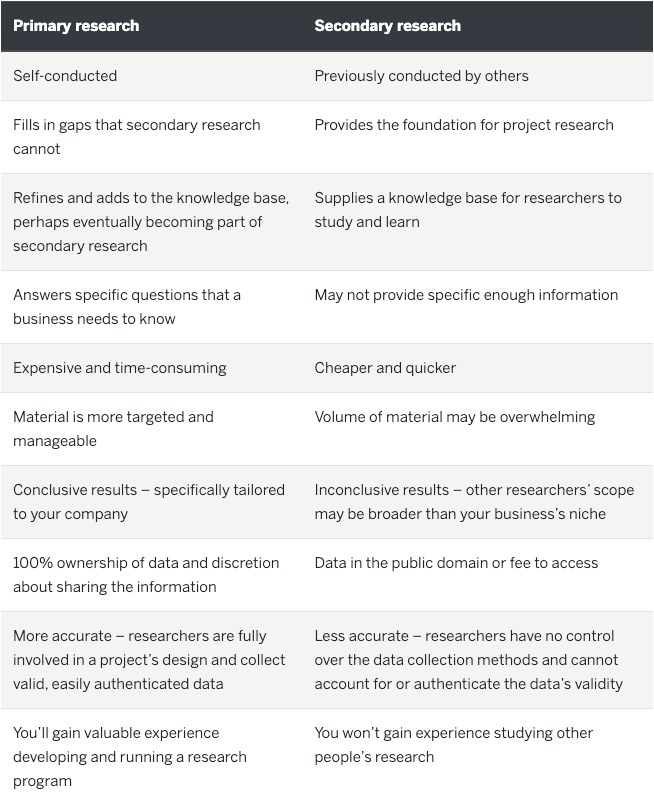
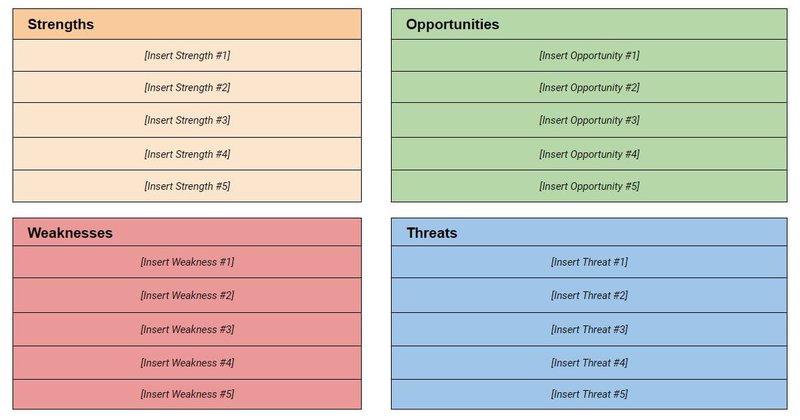

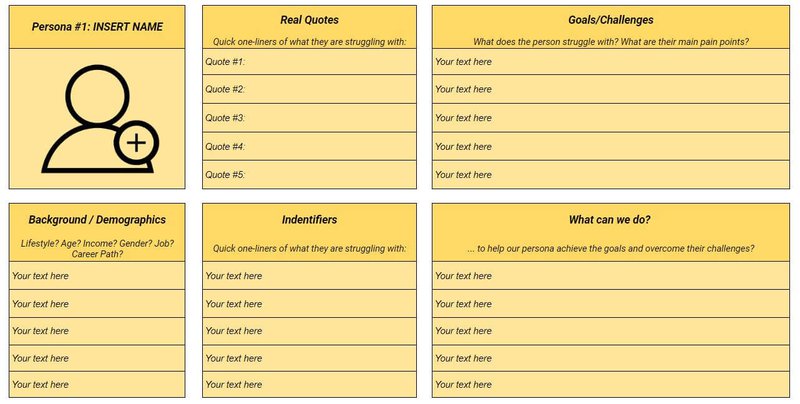

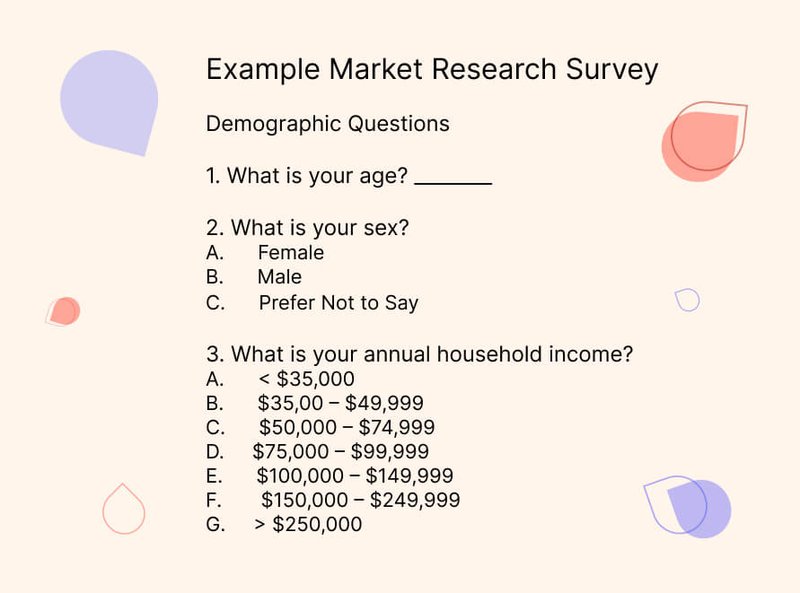

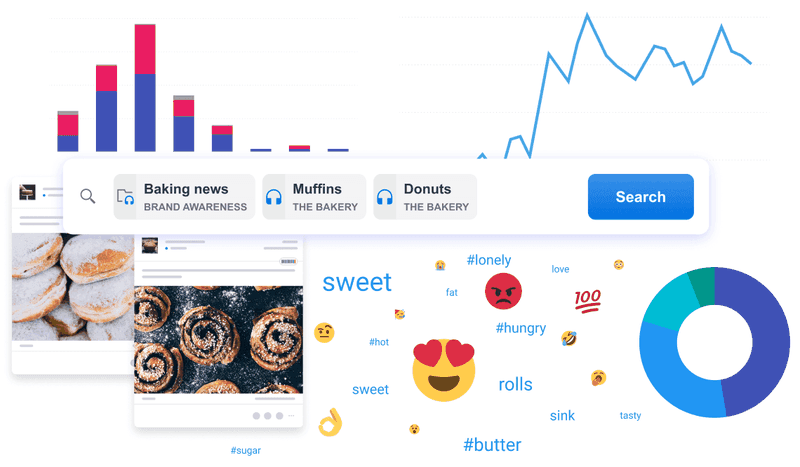
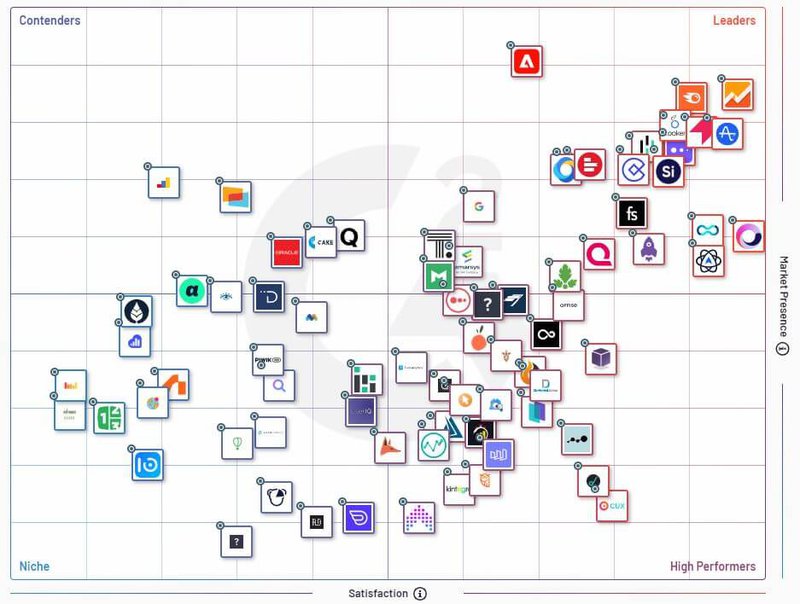
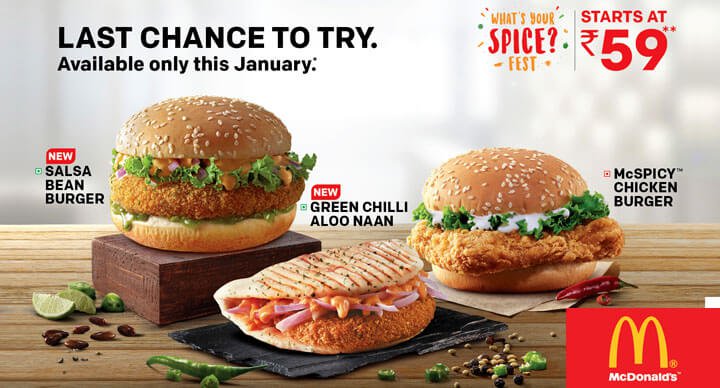
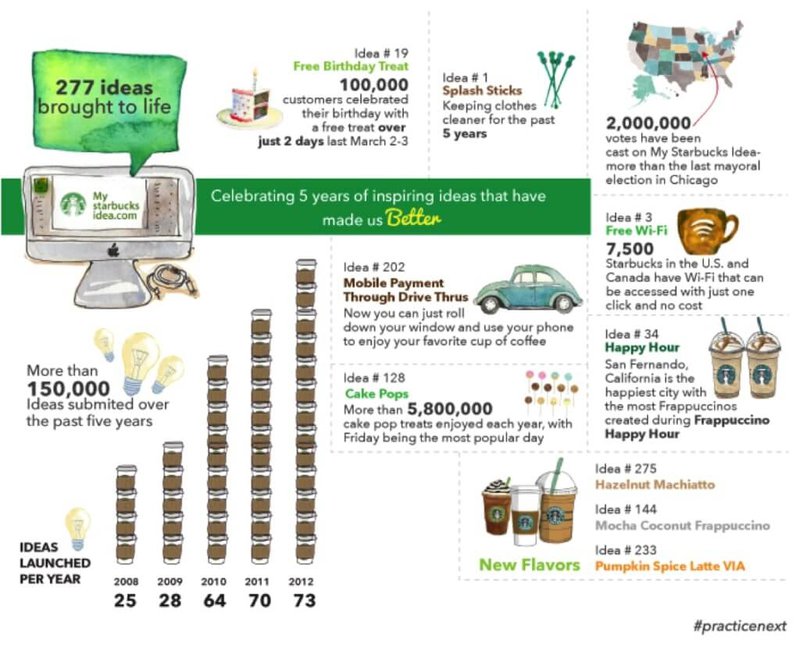




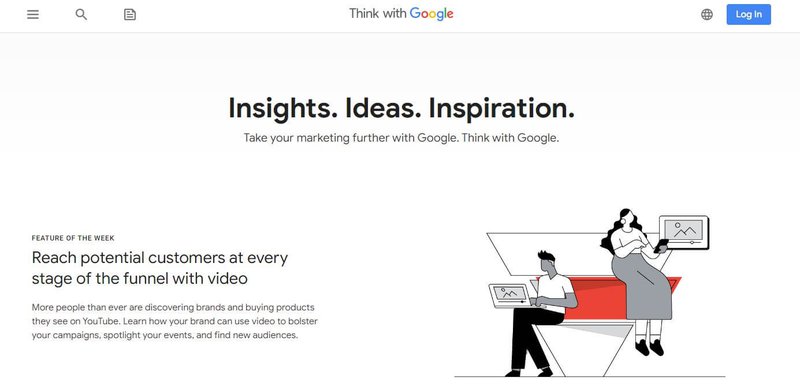
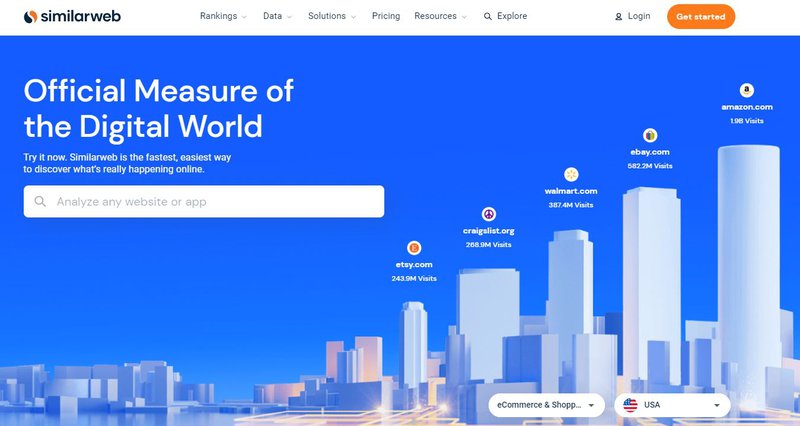
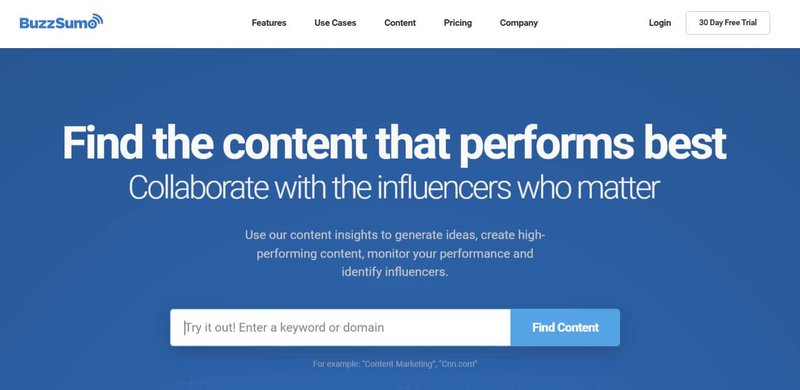
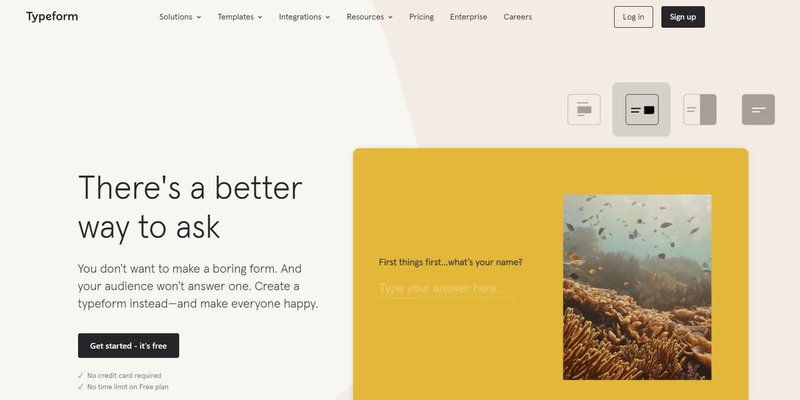
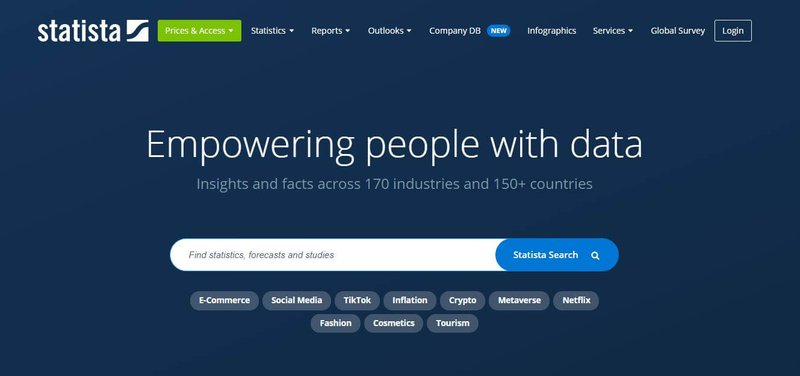
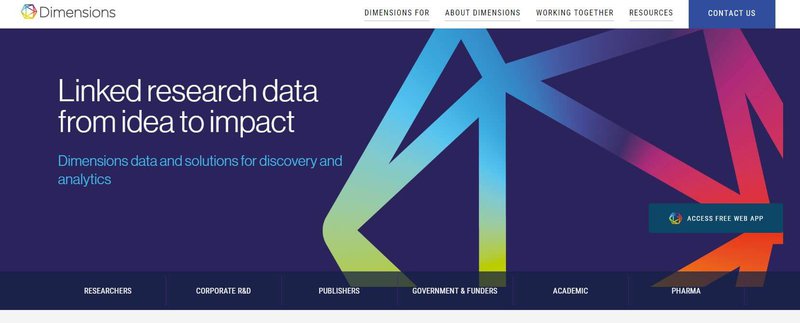
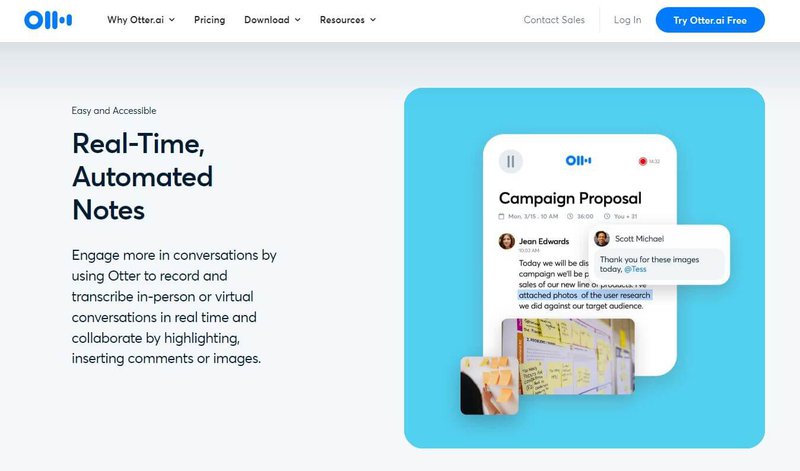
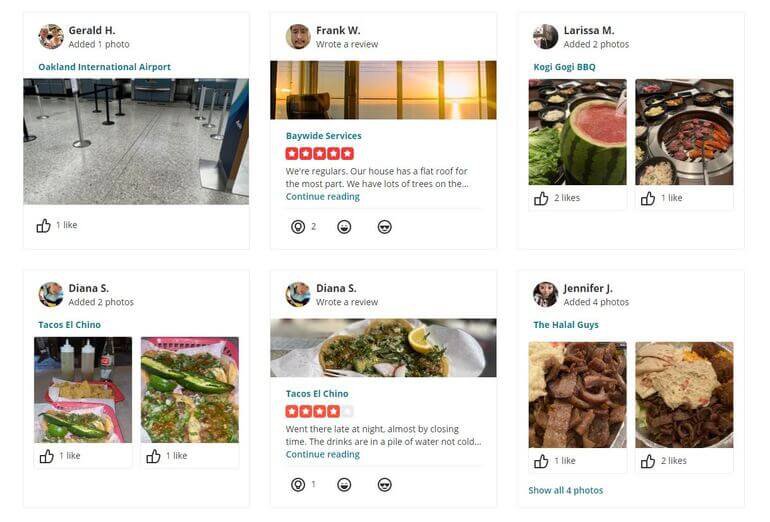



![The Ultimate Keyword Research Guide [EASY WAY]](https://entail.mayple.com/en-assets/mayple/fit-in/280x280/keyword_research-1730017811510.jpg)
